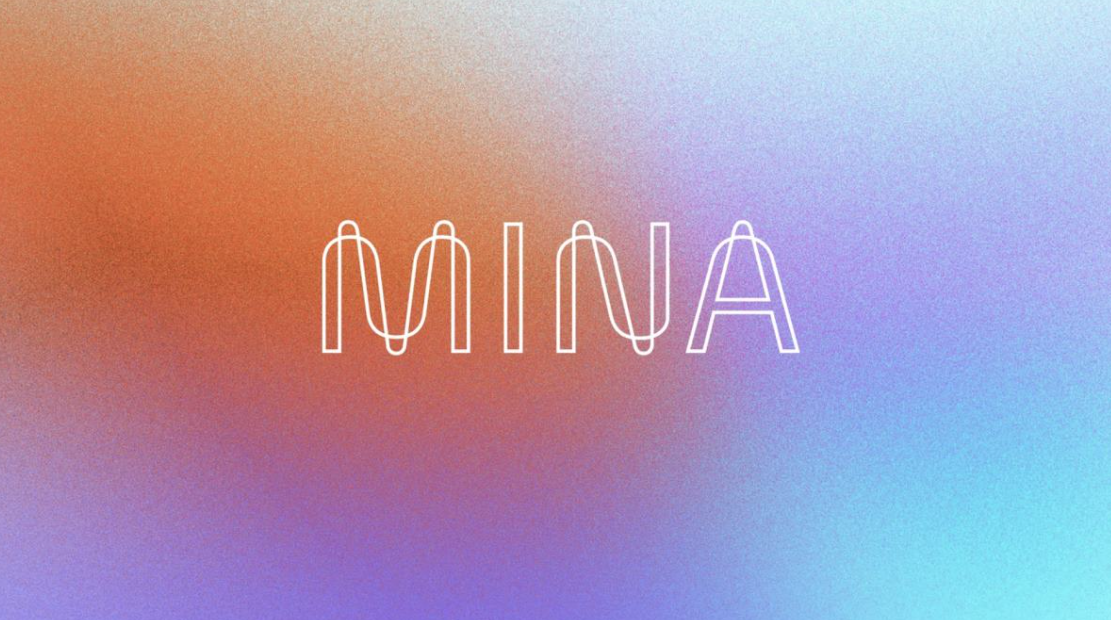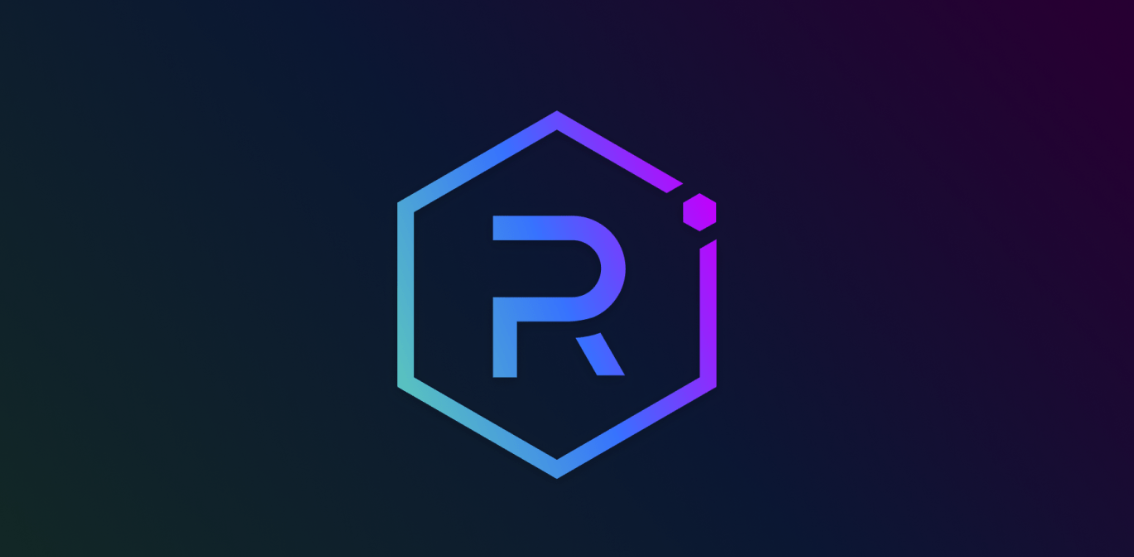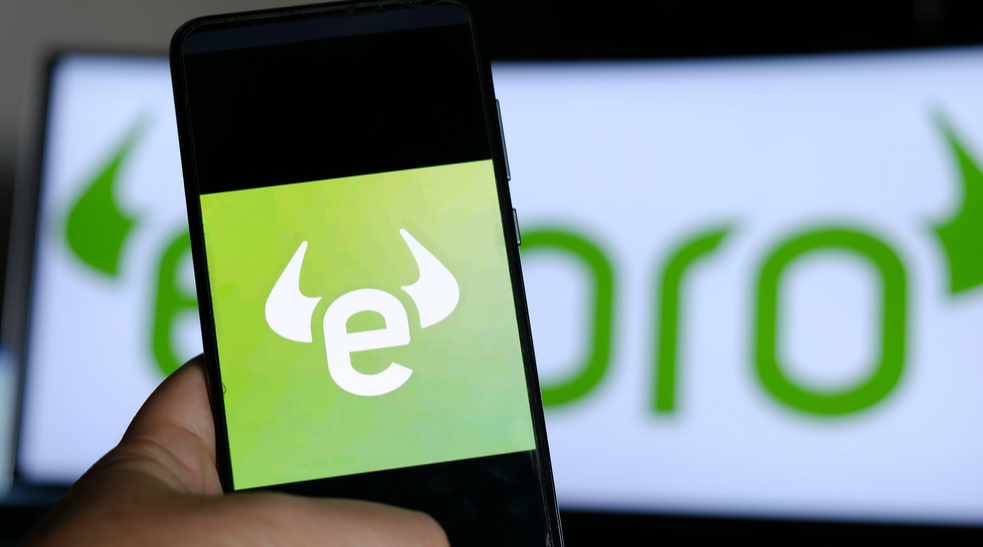Mina Protocol – A Decentralized Payment-Oriented Blockchain Powered by zk-SNARKS. Mina Protocol is a decentralized payment-oriented blockchain powered by zk-SNARKS. Its decentralized, scalable, and deterministic architecture allows anyone to join the network, regardless of their wallet balance. The Mina Protocol aims to break down these barriers. To begin, this network uses Proof-of-Stake (PoS) technology.
Mina Protocol is a Proof-of-Stake network
Developers are not required to build a complex Mina network from scratch to use Mina Protocol. Rather, developers can create decentralised applications using the protocol’s Snapps. These applications can access data on any website without requiring any user credentials or creating an account. In addition, the Mina protocol prevents centralised websites from blocking users.
The Mina Protocol utilizes zk-SNARKs to create consensus. SNARKs are small cryptographic certificates that represent the state of the chain. This reduces the amount of processing resources that are required to process transactions. This is because each user is considered a verifier and must be able to process a 22 KB chain and withstand milliseconds of processing time.
Compared to Ethereum, Mina has a smaller size overall. Its size started out at five gigabytes in 2016 and will reach 220 gigabytes by 2021. However, it still has some security issues that must be addressed. As for transaction speed, it is roughly on par with Bitcoin. The biggest security question involves the Archive node, which stores the history of all transactions.
In a Proof-of-Stake network, block producers are rewarded for adding transactions to the chain and winning block rewards. They also earn transaction fees and can be delegated by Mina users. To win a block reward, a block producer must first SNARK an equivalent number of committed trades. If the process fails, the block will be invalid. The network uses zk-SNARK to verify the authenticity of transactions.
The Mina Protocol aims to address these problems and achieve decentralization by using zk-SNARKs. This method lowers the computational requirements for a full blockchain network and encourages more users to run their own nodes. This allows for a more secure, decentralized network.
It uses zk-SNARKS to create a payment-oriented blockchain
The Mina Protocol is a payment-oriented blockchain that uses zk-SNARKS to reduce the computational requirements required to verify transactions. This is the first step toward making blockchains scalable and sustainable. It has transactional functionality built into its algorithm and uses an account-based model, which is similar to the UTXO model used by Ethereum and Bitcoin. Unlike Bitcoin, which uses a list of unspent coins, Mina maintains a full history of each transaction and maintains a consistent state of the network.
The Mina protocol team is currently building a TypeScript SDK to enable developers to build Mina dapps. These applications will be capable of performing private and public computations, as well as verifiable off-chain computation. These zkApps will be the first programmable zero-knowledge smart contract offering on the market. Eventually, Mina zkApps will also be useful as primitives for other blockchains.
While most blockchains today are much larger than 22KB, Mina uses compact zero-knowledge proofs to create a payment-oriented blockchain. This allows users to connect to its network using limited-hardware devices. It can also bridge with other blockchains in a secure and reliable manner. Mina has recently raised $92 million in financing.
Mina’s compactness makes it easier to connect and use. The smaller size of Mina makes it easier to build bridges between other blockchain ecosystems. It is also possible for other blockchains to verify the network state of Mina using a short proof.
The Mina Protocol is built on zk-SNARKS to create an efficient and secure network. It also uses zk-SNARKS to power Snapps – decentralized applications powered by zk-SNARKs. This makes it a highly attractive system for decentralized finance. The first Snapp, Teller, is built on top of the Mina Protocol and helps users prove their credit score. With this platform, users can access credit scores and other important financial data quickly and efficiently.
It is decentralized
The Mina Protocol is a decentralized blockchain that was launched in the year 2017. The protocol is a smart contract platform that optimizes decentralization and scalability. It was originally named Coda Protocol, but after a trademark dispute with R3 the developers decided to change its name to Mina. The founders of Mina Protocol are Evans Shapiro and Izaac Meckler.
Mina Protocol utilizes zk-SNARKs to provide zero knowledge proofs. Its network of nodes generates SNARK proofs after every block. These SNARK proofs are small pieces of cryptographic data that nodes store instead of the full chain. This makes it possible to build decentralized blockchains on a large scale.
The Mina project was launched in 2017 and has come a long way since then. It is now stewarded by the Mina Foundation and is rapidly expanding its ecosystem globally. It is scheduled to launch a mainnet in March 2021. The Mina network will allow users to build zkApps and take advantage of decentralized applications without sacrificing security or privacy.
The Mina network can verify the cryptographic proofs of transactions. The zk-SNARK proofs are very small and can be verified in milliseconds. The Mina protocol also rewards miners by collecting transaction fees and inflation. In this way, they can create more proofs without having to spend more time or energy on mining.
While most blockchains begin small, the Mina network is capable of scaling up to thousands of gigabytes over time. As the number of blocks grows, the architectural decentralization of the network increases. However, as the network grows, the cost of running a full node grows. The Mina Protocol attempts to bridge the gap between the real world and crypto world by creating a new protocol that makes transactions cheaper and faster.
It is scalable
Mina Protocol is a new blockchain that is designed to be scalable and decentralized. It was developed in 2017 by O(1) Labs. It was originally called Coda, but after a trademark dispute with R3 (the creator of the Corda blockchain) it changed its name to Mina. Currently, the Mina Foundation is led by Evans Shapiro, who has a background in computer science. Other founding team members include Brad Cohen and Izaak Meckler. In addition to Shapiro, the company is headed by Izaak Meckler, who earned a Ph.D in Cryptography from New York University.
The Mina Protocol is currently used as a payment chain with hundreds of validators. However, the Mina team is working to add smart contract functionality and non-consensus nodes. Moreover, it plans to add zk-Rollup, which allows users to store data off-chain. Ultimately, the goal of this platform is to provide users with an excellent user experience.
The Mina Protocol is a blockchain that uses the PoS (proof-of-stake) protocol. This protocol uses a decentralized system to support full consensus among many users. Its unique small size allows developers to create decentralized applications and other technologies. Mina also makes use of SNARKs, which help Mina applications work with data from multiple sources.
Mina is also a privacy-centric protocol. Since it does not use the internet, users can securely transfer their digital currency into the real world without sharing information with the public. In addition, the Mina protocol is scalable by using zk-SNARKs. This is done through a recursive function that maintains the size of the evidence at a constant rate.
Since the Mina protocol is so small in size, it can be used as a gateway between on-chain and off-chain networks. It can also be used as a platform to connect two different blockchains. These two platforms can work together in different ways.
It allows for easy access to data
In the Mina Protocol, every node is a full node, which means that it performs verification work for all transactions and the current state of the network. The Mina protocol requires all network participants to be able to perform this work, which is done using recursive zk-SNARKs. These zk-SNARKs are only a few hundred bytes in size, and they verify the state of the network in milliseconds.
Mina Protocol is designed to make it easier for anyone to access websites and other web services, even those that don’t use bitcoin. The protocol also acts as a user interface, ensuring that only users that are authorized to access a website can do so. Currently, Mina is focusing on three use cases, which include building a private gateway between the real world and crypto, as well as building infrastructure for a secure and democratic future.
Mina allows developers to create decentralized applications that leverage real-world data without the need for users to register and give away personal information. It also allows users to access information privately and anonymously without submitting personal information. With Mina, users can access verified data on any website without having to sign up for an account. This means that even centralized services cannot block the user’s access.
Unlike other blockchains, the Mina Protocol has an open and decentralized design. This means that anyone can become a validator and process data on the network without having to be a network administrator or a centralized oracle. As it grows, the protocol will remain easily accessible and maintain its stability.




